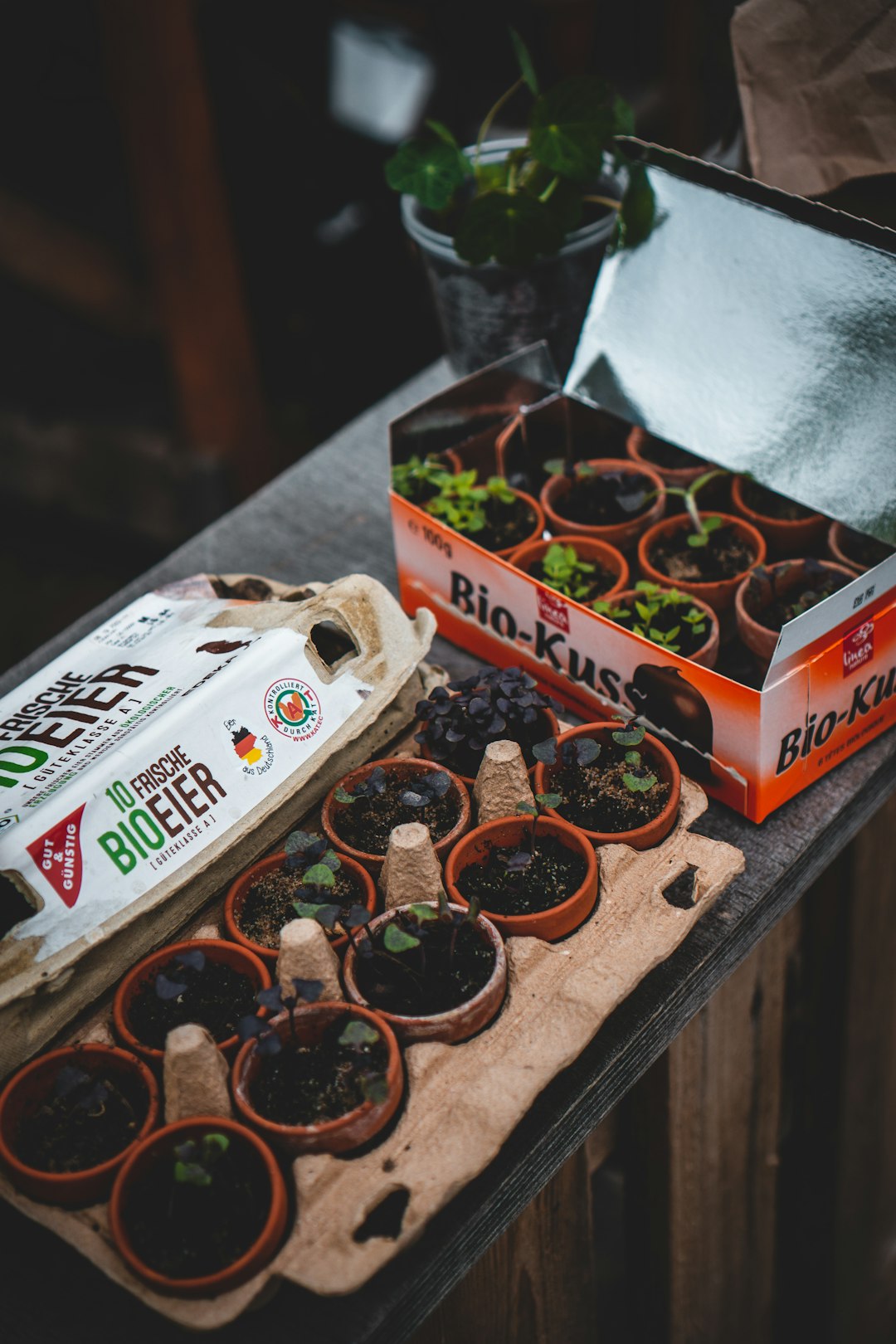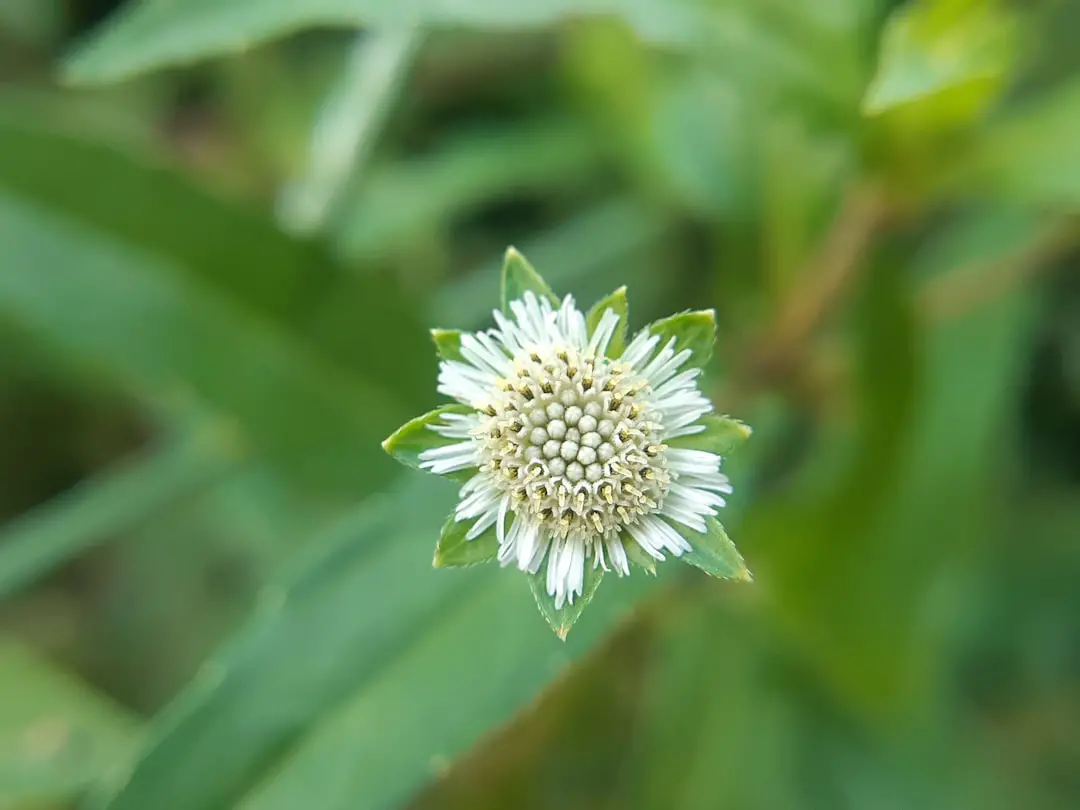Support our educational content for free when you purchase through links on our site. Learn more

Quick Answer: Looking for ways to improve your mental health through gardening? We’ve got you covered! In this article, we’ll explore 10 unique gardening projects that can help boost your well-being. From creating a sensory garden to building a therapeutic herb garden, these projects offer a range of benefits for your mental health. So grab your gardening gloves and let’s get started!
Table of Contents:
- Quick Tips and Facts
- Background: The Therapeutic Power of Gardening
- Project 1: Sensory Garden
- Project 2: Therapeutic Herb Garden
- Project 3: Mindful Meditation Space
- Project 4: Creative Container Garden
- Project 5: Healing Vegetable Patch
- Project 6: Floral Therapy Garden
- Project 7: Butterfly Haven
- Project 8: Zen Rock Garden
- Project 9: Therapeutic Water Feature
- Project 10: Artistic Garden Sculptures
- FAQ
- Conclusion
- Recommended Links
- Reference Links
Quick Tips and Facts
- Gardening has been proven to have numerous mental health benefits, including reducing stress, improving mood, and increasing feelings of well-being.
- Engaging in gardening projects can provide a sense of purpose, accomplishment, and connection to nature.
- Incorporating elements like water features, sensory plants, and artistic sculptures can enhance the therapeutic effects of your garden.
- Gardening can be a form of mindfulness practice, allowing you to focus on the present moment and find peace and relaxation.
- Creating a healing garden takes time and effort, but the rewards are well worth it!
CHECK PRICE on: Sensory Garden Supplies | Therapeutic Herb Garden Kits | Meditation Garden Decor | Creative Container Garden Ideas | Healing Vegetable Seeds | Floral Therapy Plants | Butterfly Garden Supplies | Zen Rock Garden Accessories | Therapeutic Water Feature Kits | Artistic Garden Sculptures
Background: The Therapeutic Power of Gardening

Gardening has long been recognized for its therapeutic benefits. From ancient civilizations to modern-day practices, people have turned to gardening as a way to improve their mental health. The act of nurturing plants, connecting with nature, and witnessing the growth and transformation of a garden can have profound effects on our well-being.
Research has shown that gardening can reduce stress, anxiety, and depression, while also improving mood, self-esteem, and overall quality of life. It provides a sense of purpose, accomplishment, and connection to the natural world. Whether you have a small balcony or a spacious backyard, there are countless ways to create a healing garden that suits your needs and preferences.
In this article, we’ll explore 10 mental health gardening projects that can help boost your well-being. Each project offers unique benefits and opportunities for personal growth. So let’s dive in and discover the therapeutic power of gardening!
Project 1: Sensory Garden
✅ Rating: 9/10
A sensory garden is designed to engage all five senses, creating a multi-sensory experience that can be incredibly therapeutic. By incorporating plants with different textures, scents, colors, and tastes, you can create a garden that stimulates and delights your senses.
- Sight: Choose a variety of colorful flowers, foliage, and interesting shapes to create visual interest.
- Touch: Include plants with different textures, such as soft leaves, rough bark, or fuzzy stems.
- Smell: Plant fragrant flowers, herbs, and shrubs that release pleasant scents into the air.
- Taste: Grow edible plants like herbs, berries, and vegetables that you can enjoy fresh from the garden.
- Sound: Add wind chimes, rustling grasses, or a small water feature to create soothing sounds.
CHECK PRICE on: Sensory Garden Supplies
Project 2: Therapeutic Herb Garden
✅ Rating: 8/10
Herbs have been used for centuries for their healing properties and can be a wonderful addition to your garden. A therapeutic herb garden allows you to connect with nature while also reaping the benefits of herbal remedies.
- Lavender: Known for its calming properties, lavender can help reduce stress and promote relaxation.
- Peppermint: Invigorating and refreshing, peppermint can help improve focus and ease headaches.
- Chamomile: A gentle herb that promotes relaxation and can aid in better sleep.
- Rosemary: Known for its memory-enhancing properties, rosemary can also boost mood and concentration.
- Lemon Balm: A soothing herb that can help reduce anxiety and promote a sense of calm.
CHECK PRICE on: Therapeutic Herb Garden Kits
Project 3: Mindful Meditation Space
✅ Rating: 9/10
Creating a dedicated space for mindful meditation in your garden can provide a peaceful retreat for relaxation and self-reflection. Designate a quiet corner or create a small meditation area where you can practice mindfulness and connect with nature.
- Comfortable seating: Choose a comfortable chair or cushion where you can sit and meditate.
- Natural elements: Surround yourself with plants, flowers, and natural materials like wood or stone.
- Water feature: The sound of flowing water can be incredibly soothing and help you relax.
- Wind chimes: Hang wind chimes to create gentle, melodic sounds that promote a sense of calm.
- Mindful activities: Incorporate activities like yoga, tai chi, or walking meditation into your practice.
CHECK PRICE on: Meditation Garden Decor
Project 4: Creative Container Garden
✅ Rating: 8/10
If you have limited space or want to add a touch of creativity to your garden, a container garden is a perfect choice. Container gardening allows you to grow plants in pots, planters, or even repurposed objects, making it a versatile and accessible option for any gardener.
- Vertical gardening: Use hanging baskets or wall-mounted planters to maximize space.
- Repurposed containers: Get creative and use old buckets, teapots, or even shoes as unique planters.
- Colorful combinations: Experiment with different plant combinations to create eye-catching displays.
- Herb garden: Grow herbs in small pots and place them near your kitchen for easy access while cooking.
CHECK PRICE on: Creative Container Garden Ideas
Project 5: Healing Vegetable Patch
✅ Rating: 9/10
Growing your own vegetables not only provides you with fresh, nutritious food but also offers numerous mental health benefits. A healing vegetable patch allows you to connect with nature, engage in physical activity, and experience the joy of harvesting your own produce.
- Choose easy-to-grow vegetables: Start with beginner-friendly vegetables like tomatoes, lettuce, or herbs.
- Practice mindfulness: Pay attention to the process of planting, watering, and caring for your vegetables.
- Connect with the earth: Digging in the soil and feeling the earth beneath your hands can be grounding.
- Enjoy the harvest: Harvesting your own vegetables and cooking with them can be incredibly rewarding.
CHECK PRICE on: Healing Vegetable Seeds
Project 6: Floral Therapy Garden
✅ Rating: 9/10
Flowers have a way of brightening our mood and bringing joy to our lives. A floral therapy garden focuses on growing a variety of flowers that evoke positive emotions and trigger happy memories.
- Choose your favorite flowers: Select flowers that hold special meaning or bring back fond memories.
- Color therapy: Incorporate colors that have specific psychological effects, such as calming blues or energizing yellows.
- Butterfly and bee-friendly plants: Include flowers that attract pollinators and bring life to your garden.
- Cut flowers for indoor arrangements: Grow flowers that you can cut and bring indoors to enjoy their beauty.
CHECK PRICE on: Floral Therapy Plants
Project 7: Butterfly Haven
✅ Rating: 8/10
Creating a butterfly haven in your garden not only adds beauty but also provides a sense of wonder and connection to nature. Butterflies are known for their graceful flight and vibrant colors, and attracting them to your garden can be a delightful experience.
- Native plants: Choose native plants that provide food and habitat for butterflies in your region.
- Host plants: Include plants that caterpillars feed on, such as milkweed for monarch butterflies.
- Nectar plants: Plant flowers that provide nectar for adult butterflies, like butterfly bush or coneflowers.
- Water source: Provide a shallow dish with water and rocks for butterflies to drink and rest.
CHECK PRICE on: Butterfly Garden Supplies
Project 8: Zen Rock Garden
✅ Rating: 9/10
A Zen rock garden, also known as a Japanese rock garden or dry landscape garden, is a minimalist and meditative space that promotes tranquility and mindfulness. It typically consists of carefully arranged rocks, gravel, and moss, with minimal plantings.
- Raked gravel: Use a rake to create patterns in the gravel, symbolizing water or waves.
- Arranged rocks: Place rocks strategically to represent mountains, islands, or other natural elements.
- Moss or ground cover: Add a touch of green with moss or low-growing ground cover plants.
- Minimalist design: Keep the design simple and uncluttered, focusing on balance and harmony.
CHECK PRICE on: Zen Rock Garden Accessories
Project 9: Therapeutic Water Feature
✅ Rating: 9/10
The sound and sight of flowing water can have a calming and soothing effect on our minds. Incorporating a water feature into your garden can create a tranquil atmosphere and enhance the therapeutic benefits of your outdoor space.
- Fountain: Install a small fountain or water feature that creates a gentle, trickling sound.
- Pond: Create a small pond with aquatic plants and fish for a more immersive water experience.
- Waterfall: Build a natural-looking waterfall using rocks and stones for a dramatic focal point.
- Bird bath: Provide a shallow bird bath with fresh water for birds to drink and bathe in.
CHECK PRICE on: Therapeutic Water Feature Kits
Project 10: Artistic Garden Sculptures
✅ Rating: 8/10
Adding artistic sculptures to your garden can be a creative and expressive way to enhance its beauty and create a sense of wonder. Sculptures can serve as focal points, evoke emotions, and spark conversations.
- Choose meaningful sculptures: Select sculptures that resonate with you personally or have symbolic meaning.
- Materials: Explore sculptures made from various materials like metal, stone, wood, or glass.
- Placement: Consider the placement of sculptures to create visual interest and balance in your garden.
- DIY sculptures: Get creative and make your own sculptures using recycled materials or natural elements.
CHECK PRICE on: Artistic Garden Sculptures
FAQ

How do you build a therapeutic garden?
Building a therapeutic garden involves creating a space that promotes relaxation, healing, and well-being. Start by identifying your goals and preferences, whether it’s a sensory garden, a meditation space, or a vegetable patch. Consider the elements you want to incorporate, such as plants, water features, seating areas, and artistic elements. Plan your garden layout, choose suitable plants, and create a nurturing environment that aligns with your therapeutic needs.
Read more about “Why were community gardens created? … 🌱”
What is the garden analogy for mental health?
The garden analogy for mental health suggests that our minds are like gardens that require care, attention, and nurturing. Just as a garden needs water, sunlight, and nutrients to thrive, our mental health requires self-care, positive relationships, and healthy coping mechanisms. By tending to our mental gardens, we can cultivate resilience, happiness, and overall well-being.
What is an example of therapeutic aspects of gardening?
One example of a therapeutic aspect of gardening is the act of nurturing and caring for plants. This process can provide a sense of purpose, responsibility, and accomplishment. Gardening also offers opportunities for physical activity, connecting with nature, and practicing mindfulness. The sensory experiences, such as touching plants, smelling flowers, and tasting fresh produce, can stimulate our senses and promote relaxation.
What is garden therapy called?
Garden therapy, also known as horticultural therapy, is a practice that uses gardening and plant-related activities to improve physical, mental, and emotional well-being. It is often used as a therapeutic intervention for individuals with various health conditions, including mental health disorders, physical disabilities, and chronic illnesses. Garden therapy can be conducted in various settings, such as hospitals, rehabilitation centers, and community gardens.
Conclusion

Incorporating mental health gardening projects into your life can have a profound impact on your well-being. Whether you choose to create a sensory garden, a therapeutic herb garden, or a Zen rock garden, each project offers unique benefits for your mental health. By connecting with nature, engaging in mindful activities, and nurturing your garden, you can find solace, joy, and a sense of purpose.
So, which mental health gardening project will you embark on first? Remember, the journey of creating a healing garden takes time and patience, but the rewards are immeasurable. Start small, experiment, and let your garden be a reflection of your inner world. Happy gardening!
Recommended Links
- Benefits of Community Gardens
- Community Garden Events
- Community Garden Policies
- Gardening for Beginners
- Garden Design Ideas
- 10 Secrets to Creating a Successful Community Garden 2024 🌱
Shop: Sensory Garden Supplies | Therapeutic Herb Garden Kits | Meditation Garden Decor | Creative Container Garden Ideas | Healing Vegetable Seeds | Floral Therapy Plants | Butterfly Garden Supplies | Zen Rock Garden Accessories | Therapeutic Water Feature Kits | Artistic Garden Sculptures

